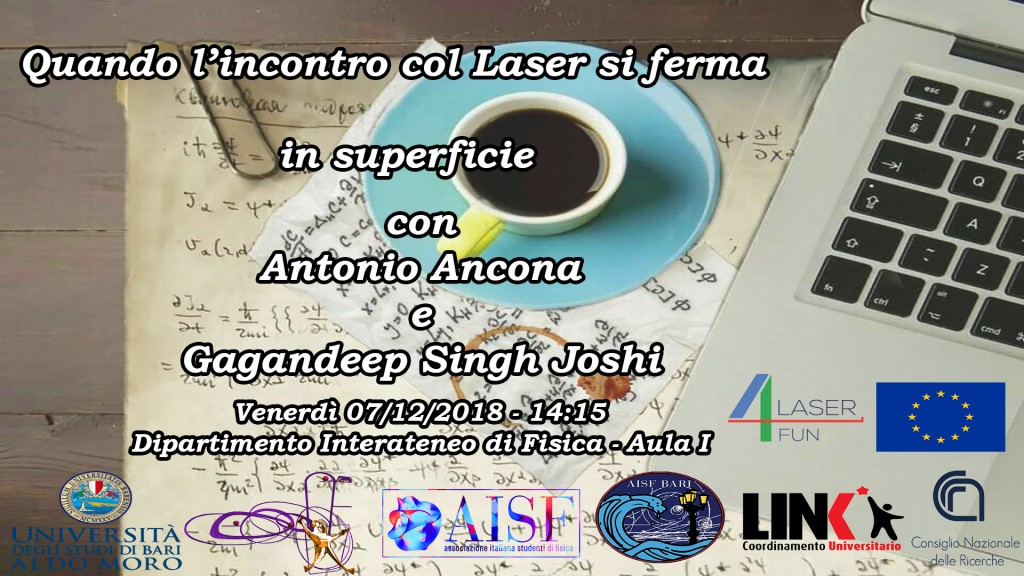Results of the work in the Laser4Fun project has been published as:
Marek Mezera and G.R.B.E. Römer. Model based optimization of process parameters to produce large homogeneous areas of laser-induced periodic surface structures, Opt. Express 27, 6012-6029 (2019); doi: 10.1364/OE.27.006012
Abstract
A model is presented, which allows to predict the (in)homogeneity of large areas covered with Laser-induced Periodic Surface Structures (LIPSS), based on the laser processing parameters (peak laser fluence and geometrical pulse-to-pulse overlap) and experimentally determined material properties. As such, the model allows to establish optimal processing conditions, given the material properties of the substrate to be processed. The model is experimentally validated over a large range of geometrical pulse-to-pulse overlap values and fluence levels on silicon using a picosecond laser source.
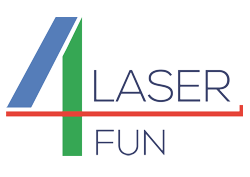
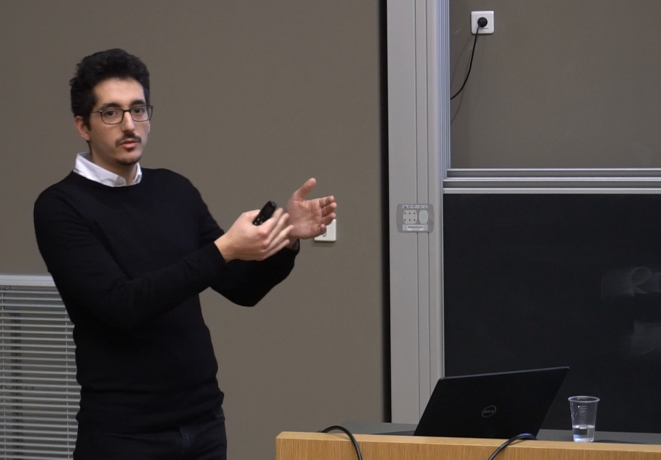
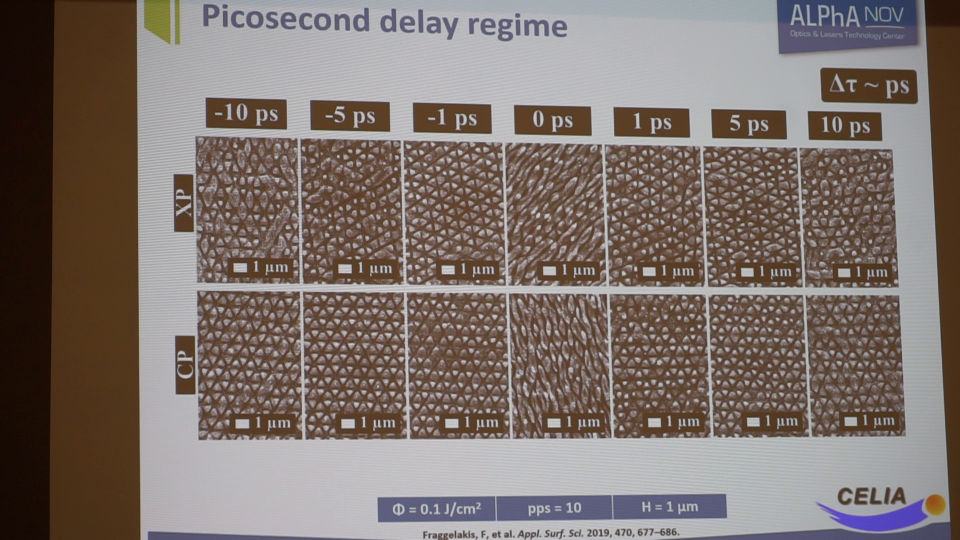
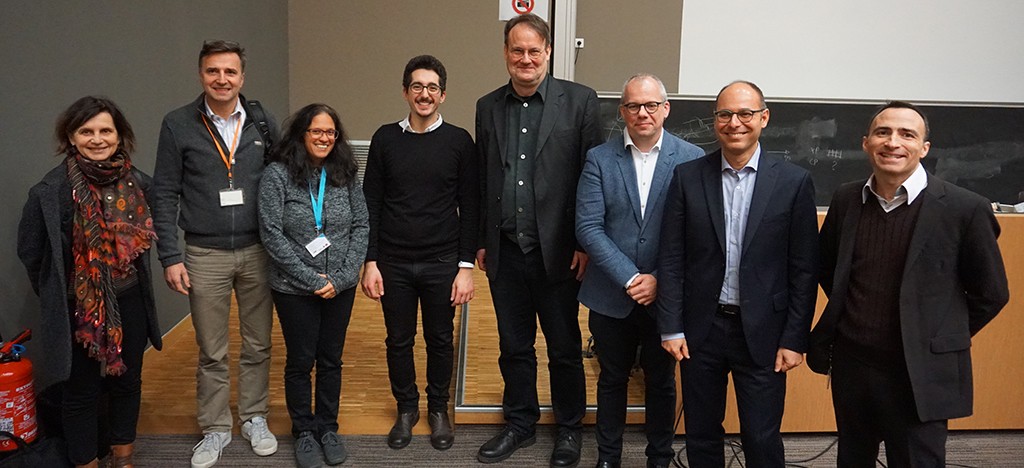
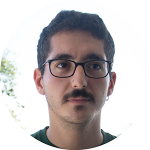 Fotis Fraggelakis
Fotis Fraggelakis